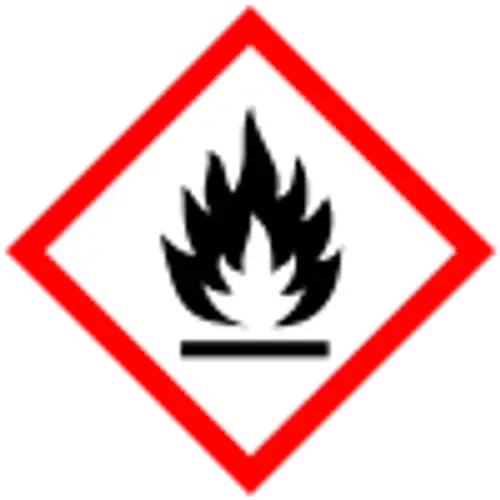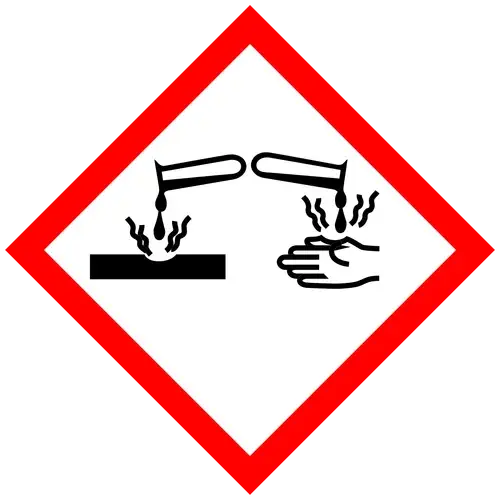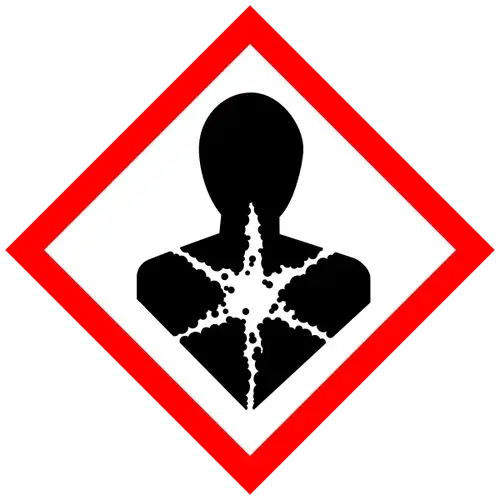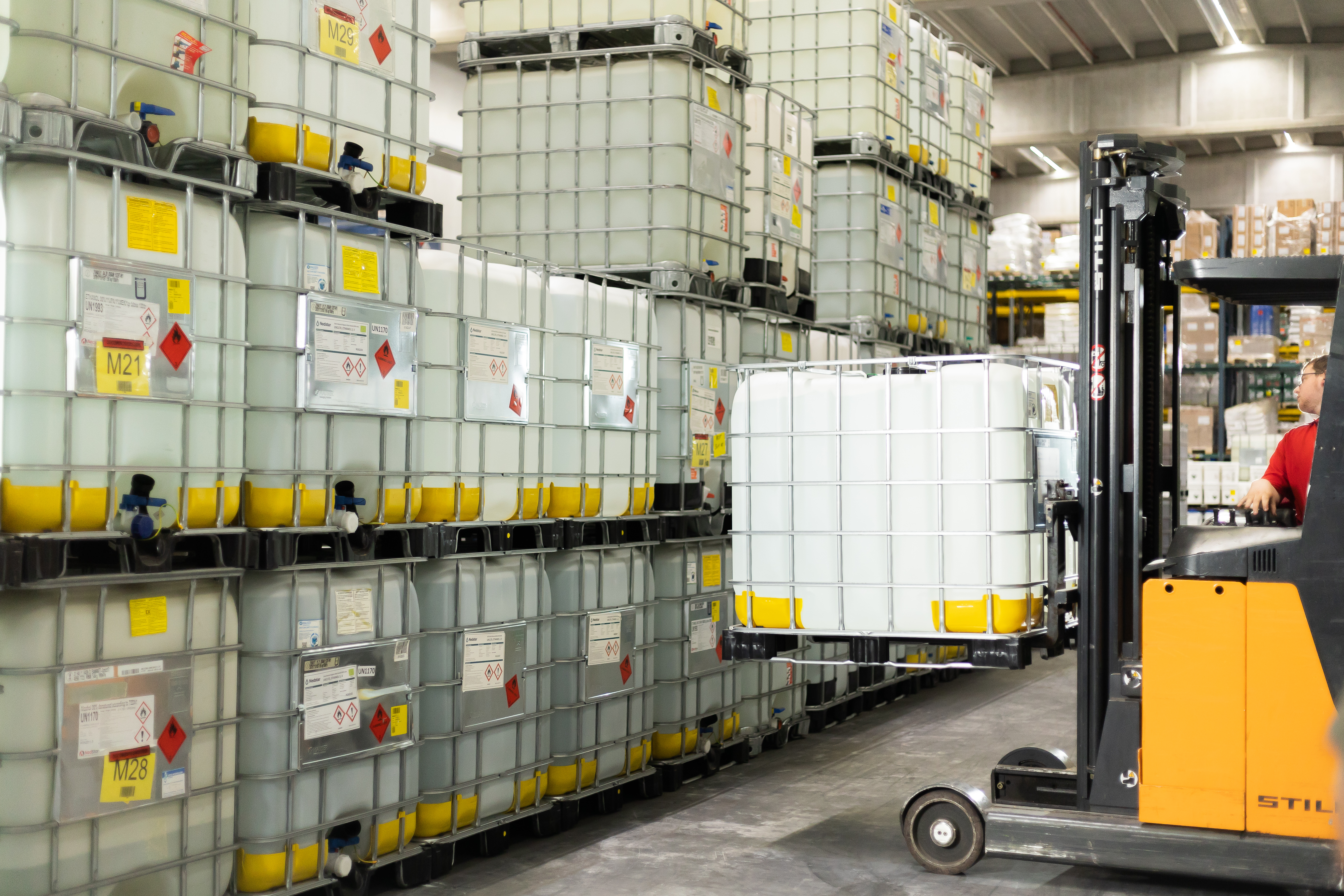Ethanol is a versatile chemical compound that finds applications in a variety of industries, including those relating to food and beverage production, cosmetics, and pharmaceuticals. Although it has many uses, one thing remains constant: responsible and secure management is essential. This guide examines the fundamental elements related to the safety and proper management of ethanol.
Safe storage: minimising risks
The correct storage of ethanol is absolutely necessary in order to reduce the likelihood of any potential risks. It is important to keep open fires and other potential ignition sources a safe distance away from any ethanol that is being kept. To keep the number of potential mishaps to a minimum, it is essential to store ethanol in containers that were developed specifically for that purpose, such as Intermediate Bulk Containers (IBCs) and Stainless Steel Tanks.
Prudent handling procedures
When working with ethanol, it's crucial to follow safety procedures carefully. Ensure you are equipped with suitable personal protective equipment, including gloves and safety goggles, to safeguard against potential exposure. In the event of a spill, swift and appropriate action is essential. Use absorbent materials to contain and clean up the spill, and dispose of them in accordance with safety protocols.
Mixing: a risk to avoid
While mixing beverages is a skill many enjoy, combining different ethanol types or chemicals can lead to unexpected consequences. It is best to avoid mixing different grades of ethanol to guarantee that the product specifications are not compromised, and the ethanol used remains appropriate for its final application. Always be sure that the type of ethanol you use is appropriate for the type of task. For example, when cleaning delicate electronics, using anhydrous alcohol with an exceptionally high purity level of 99.9% is a smart choice. By making these informed decisions, you not only safeguard the product specifications but also ensure that the ethanol utilised is tailored to the specific task at hand, enhancing both efficiency and safety in various industrial and consumer applications.
Signs to watch out for (GHS)

Flame

Low-level toxicity

Corrosive

Health hazard
Temperature control
Ethanol's stability is significantly influenced by temperature. To maintain its quality and safety, it should be stored at temperatures below 25°C (77°F). Ethanol is highly susceptible to moisture, making it crucial to protect it from water to prevent contamination and maintain its effectiveness. In the distribution of ethanol, ISO tanks play a pivotal role. These specialised containers are designed to protect ethanol from temperature fluctuations and moisture infiltration, ensuring its stability and purity during transit. With strong insulation and sealed compartments, ISO tanks maintain a consistent temperature and effectively safeguard ethanol from potential contamination, serving various industries' needs for high-quality and safe ethanol transport.
Ethanol safety for all industries
Ethanol's versatility makes it a valuable asset across multiple industries. However, its proper handling is non-negotiable. By adhering to the safety guidelines outlined in this guide, you can ensure that ethanol is used safely and effectively in your industry. Should you have any questions or require further assistance, please do not hesitate to reach out to us at Nedstar.











Leave a comment